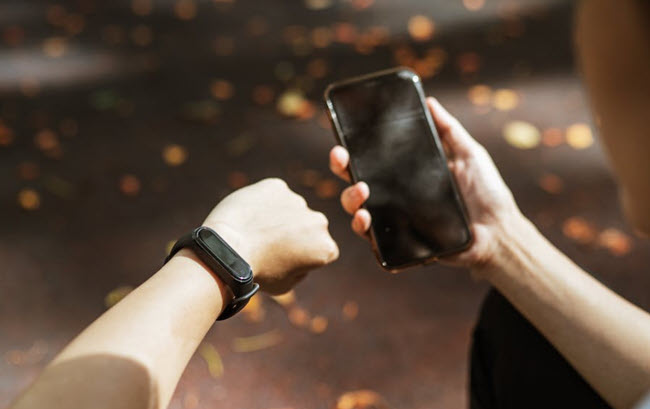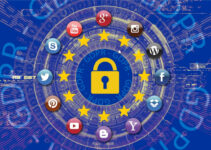Our desire for connectivity and ease of use gave birth to the Internet of Things (IoT). It can expand our horizons and make our lives easier and more efficient. But as with any powerful tool, some people would abuse it and use it against us.
Let us explore a few examples of IoT devices and see how they might enhance our daily lives.

5 IoT Devices That Enhance Our Daily Lives.
1. Smart Doorbells
Smart doorbells serve as a deterrent to potential invaders. In case of a break-in or other home invasion, the smart doorbell may record and save footage.
You can forward the footage to the police or other relevant authorities. They help law enforcement identify and locate the perpetrator.
Yet, smart doorbells could let hackers access Wi-Fi networks and other linked devices. In the US, one well-known brand was the target of a class-action lawsuit. Customers reported recurring hacking events involving the company’s smart doorbells.
2. Smart Home Setup
A smart home setup anticipates your needs. It offers you the control you want over your home environment. This technology connects several smart devices for automation and programmable control. You can control the behavior of your smart appliances from a single interface.
Yet, as the smart home system has become common, security and privacy concerns have also emerged. A smart home has several potential security flaws because it is a cyber-physical system that relies on the following:
- Constant connectivity between devices
- Constant human-computer interaction
- Automated systems
An experiment by the consumer watchdog group Which? In 2021 shed light on the vulnerabilities of smart homes. The team of researchers started by developing a functional smart house. They sat back and watched to see how many hackers would try to break into the system and for how long. The result was shocking. Which? Saw a peak of almost 12,000 attempts every week.
Ensure your smart home is safe by connecting devices to a different network and creating a Guest network for visitors. Using a password manager is also crucial for added security. You can protect your Wi-Fi and gadgets with a strong password that the app can generate.
3. Wearable Glucose Monitor
IoT connectivity advancements are happening in every area, including healthcare. For example, a continuous glucose monitor is a portable method for tracking glucose levels in the blood.

When worn, it monitors your vitals and transmits the data to a mobile device for analysis. By taking a new look at glucose data, we can learn more about how diabetes develops, which could lead to better treatment.
Wearable technologies can support telemedicine. But, there are various obstacles.
- It may be challenging to get FDA security certification
- The devices may be costly
- They may have a high risk of technology obsolescence
- Wearable devices may produce inconsistent and imprecise measurements
4. Solar Power Monitoring System
Solar technology has become popular due to greater availability, cheaper costs, and quick installation. But, the energy output is an issue because of the increasing adoption of solar power. Controlling solar panel power consumption is crucial.
IoT devices can reduce this issue. Smart IoT sensors connected to solar energy systems are a few examples. These tracking devices allow you to track and control operations in real time.
Too many linked devices can make managing a large amount of data tough. Businesses today need a dynamic data aggregation system to help them collect, process, and store data from these sources.
Cloud storage may provide a powerful platform for this purpose. Secure cloud storage facilitates the quick and straightforward incorporation of IoT devices and the effortless management of their data.
5. Augmented Reality Devices
In many ways, AR/VR benefits commercial enterprises and consumers. One benefit is that shoppers can digitally try on things before buying them. Moreover, it can help brands create futuristic advertising strategies that attract attention.
The use of VR and AR raises some security concerns. Apart from the common security flaws found in electronic devices, there is also the risk of bodily harm and the disclosure of highly sensitive information. Many cosmetic and clothing brands faced lawsuits for their misuse of data obtained through virtual try-on platforms.
Conclusion
When using VR tools, users should at least practice good cybersecurity hygiene. Remember that the potential for privacy invasion is just as serious in AR/VR as in the physical world. Know that criminals can use data from motion sensors to steal your identity. Exercise caution while disclosing personal information.
A VPN may boost your security but not address VR-specific issues. It’s also crucial to remember that AR and VR gear can divert attention and cause disorientation.
Millions of people can enjoy IoT’s functions and ease of use. But we must also consider the technology’s potential drawbacks. There must be strict cybersecurity practices in place for all IoT-connected devices.






